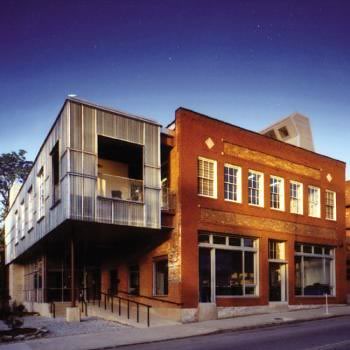I wrote this piece for the Florida Green Building Law Blog a few weeks back, and thought I would share here as well. Look for more contributions from Tampa Bay area green building enthusiasts, including myself, in the future.
While the rain begins to hit our roofs almost daily—those afternoon showers that simultaneously cool things off yet make our air more humid—consider the fate of this precious source of water for our region…

Our water infrastructure includes the design of expensive, and extensive, storm water management systems that add huge costs to new development, require expensive/disruptive repairs, and transport the toxins, debris and trash that comes from water hitting our impermeable driveways, streets and gutters. It then goes into the sewer, enters the storm water pipes, is filtered with powerful chemicals at treatment plants, and eventually reaches (and negatively impacts) the precious ecosystems and waterways that Floridians and (and tourists) visit and enjoy daily.
In response to this unsustainable method of collecting and treating surface waters, green building advocates, environmental organizations and individuals mindful of the complicated and costly requirements of an impermeable environment have started advocating for more permeable site design, and employing conservation strategies that once were common remedies when water wasn’t as readily available in the home—rainwater storage/use and grey water recycling.
Tampa Bay Water defines grey water as “untreated household wastewater that has not come in contact with toilet waste and includes wastewater from bathtubs, showers, clothes washers and laundry tubs.” Grey water makes up roughly 50-80% of the water heading down our drain, leaving a large capacity of reusable water that could be filtered easily and efficiently…reducing overall water use in the home by 30% or more!
We are still in a drought; homeowners, businesses and municipalities have been required to eliminate their use of potable water for irrigation and maintenance in order to conserve our dwindling water reserves. People learned quickly that these kinds of limits are not fun for water-hungry landscapes, and cringe at the thought of higher water surcharges—taking a second look at our everyday use of water.
Those that weren’t concerned had already prepared for this predicament—with their rain barrels/cisterns, drip irrigation systems, Florida-friendly landscape and low-flow fixtures helping keep their yard lush and monthly bills low.



No comments:
Post a Comment